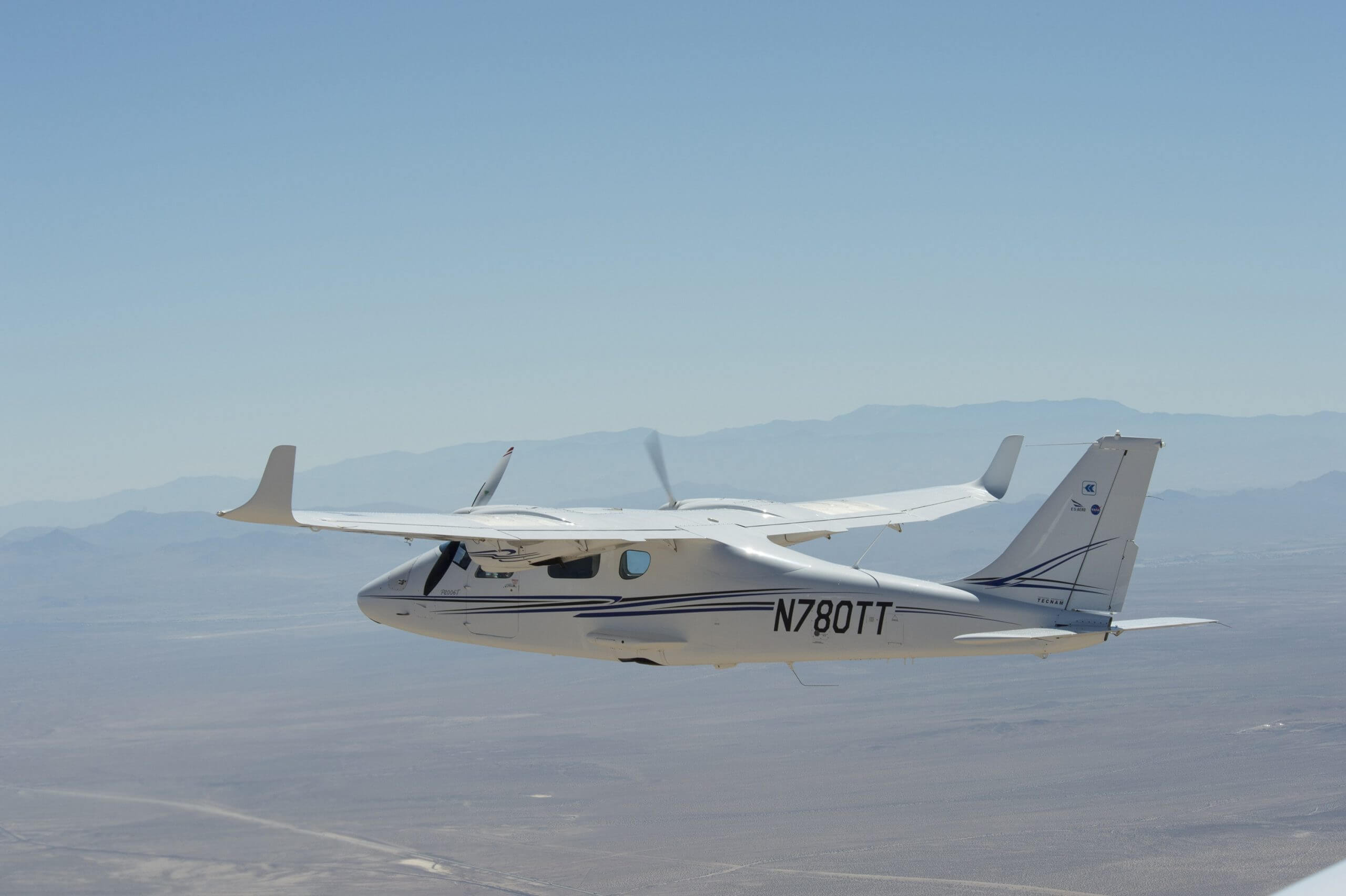Seattle: An American company Aero Tec has written history while it successfully flew world’s largest fully electric airplane. Aero Tec converted a Cessna 208B Grand Caravan into an electric plane powered by a MagniX Propulsion system. The first flight was on May 28th and it completed a successful half-hour flight starting at 8:00 AM from Central Washington’s Moses Lake Airport.
“The airplane beat our expectations. Certainly, from our perspective on the ground, watching that initial climb out, there were a lot of people smiling and applauding. It was truly magnificent and super quiet,” said Lee Human, AeroTEC’s CEO and president. “This 30-minute flight would have cost us $6 in electricity compared to $300 to $400 in fuel, and the Cessna 182 chase plane was louder than the Caravan,” added Roei Ganzarski, CEO of MagniX.
The Caravan shared the same Magni500 propulsion system used by Harbour Air’s DHC-2 Beaver e-Plane that flew the historic first electric flight of a commercial aircraft on December 10th 2019. Beaver’s motor delivered only 450 horse power’s electrical equivalent whereas Caravan’s Magni500 run at full power equivalent to 750 horse power. “Both aircraft are completely all electric. It’s the same propulsion system, it’s the Magni500 in both aircraft, the same inverter, the same battery controllers,” said Ganzarski to local reporters. “Both of these are flying testbeds. There are no seats in them, the batteries are in the body of the aircraft. It’s to test the propulsion system and the electric system, not to try and fly people around.”, he added.
You can watch this video of Caravan’s first flight:
The batteries are mounted in the plane’s cabin to give engineers and technicians easy access, and there are video cameras in the fuselage so that the status of the batteries can be monitored during the test flights. The batteries installed in both the Caravan and Beaver were selected for reliability, safety, and capability, and “aren’t the best we can get from either a power density or a packing perspective,” explained Ganzarski.
With the increase in battery advancement technologies, Ganzarski expects that the Caravan can be made use for a ‘Middle Mile Mission’ which he describes as passenger or cargo flights that can cover 1000 miles. He anticipates this to come true within two years. “Over the next 12 to 24 months, everyone recognizes that there will be a substantial improvement in the energy density for flight-worthy battery systems,” added Lee Human.
“You’ve got outlying villages in northern Canada, where it’s difficult and costly to transport petroleum fuel to some of these airports. But they have plenty of space for a solar battery charging system – that’s easy for us to get our minds around. Suddenly, you’ve enabled a community to receive an electric airplane.” Lee Human’s words had much insight into the future.




![The Top & Most Popular Seafood Bucket Restaurants in Dubai for you [Never Miss]](https://uae24x7.com/wp-content/uploads/2020/09/8-seafood-in-a-bucket-scaled-e1600739237403.jpg)
![Procedures for Renewing the Driving License in Abu Dhabi [3 Simple Steps]](https://uae24x7.com/wp-content/uploads/2020/07/Capture-9-e1595666454466.jpg)





